Galileo’s Encounter: Unveiling The Secrets Of Gaspra And Ida
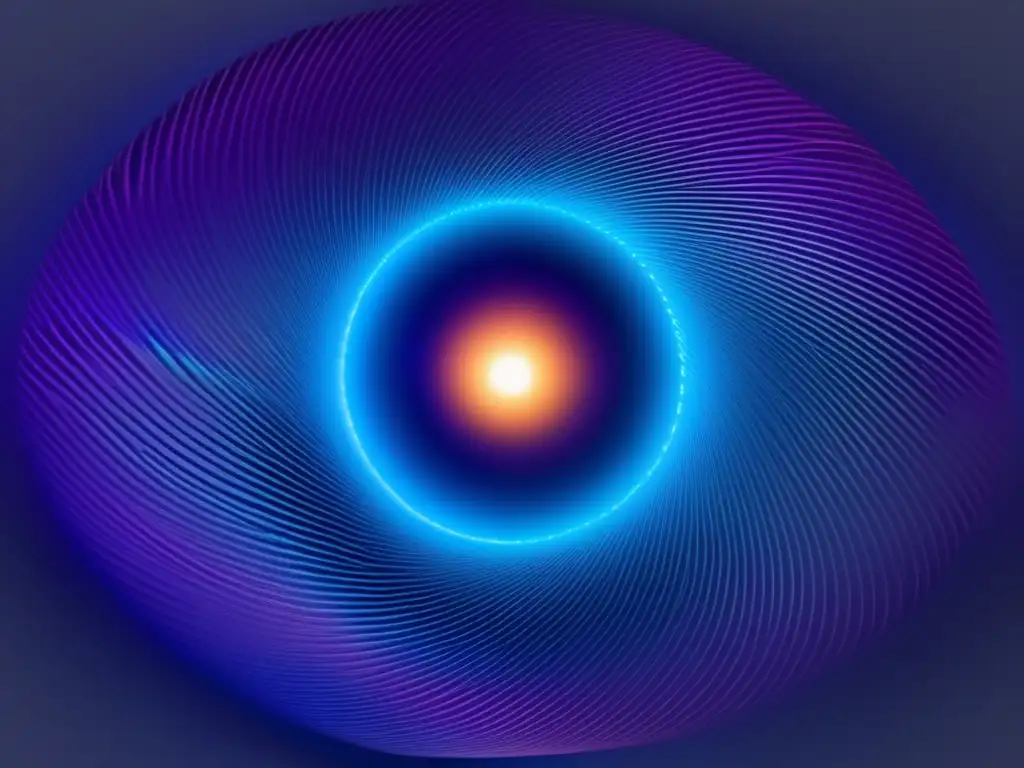
Introduction
Asteroids have fascinated scientists and space enthusiasts ever since their discovery. As unmanned spacecraft technology improved, the ability to explore asteroids increased. In particular, the Galileo spacecraft encountered two asteroids on its mission through our solar system. These encounters allowed us to learn more about the asteroids’ physical properties and gain insight into their origins.
The Galileo Mission

The Encounter with Gaspra
In 1991, the Galileo spacecraft was on its way to Jupiter when it passed within 1,600 kilometers of the asteroid Gaspra. The encounter gave us an opportunity to study the asteroid in detail and learn more about its features. One of the most interesting discoveries was that Gaspra has many craters, indicating that it has been impacted by other bodies throughout its lifetime. By studying the size and distribution of these craters, scientists were able to approximate the age of the asteroid at around 200 million years old.
The Encounter with Ida
In 1993, the Galileo spacecraft made history again when it became the first spacecraft to fly by an asteroid and discover a moon orbiting an asteroid. This asteroid, Ida, had a small moon called Dactyl. This was a significant discovery because it showed that not all asteroids were just singular rocks. The finding also gave scientists insight into how small moons form and how they interact with their host asteroids. Additionally, the data collected showed that Ida is composed of a mixture of rock types and contains organic compounds. These findings suggest that Ida may have originated from the outer regions of the asteroid belt.
Asteroid Discoveries
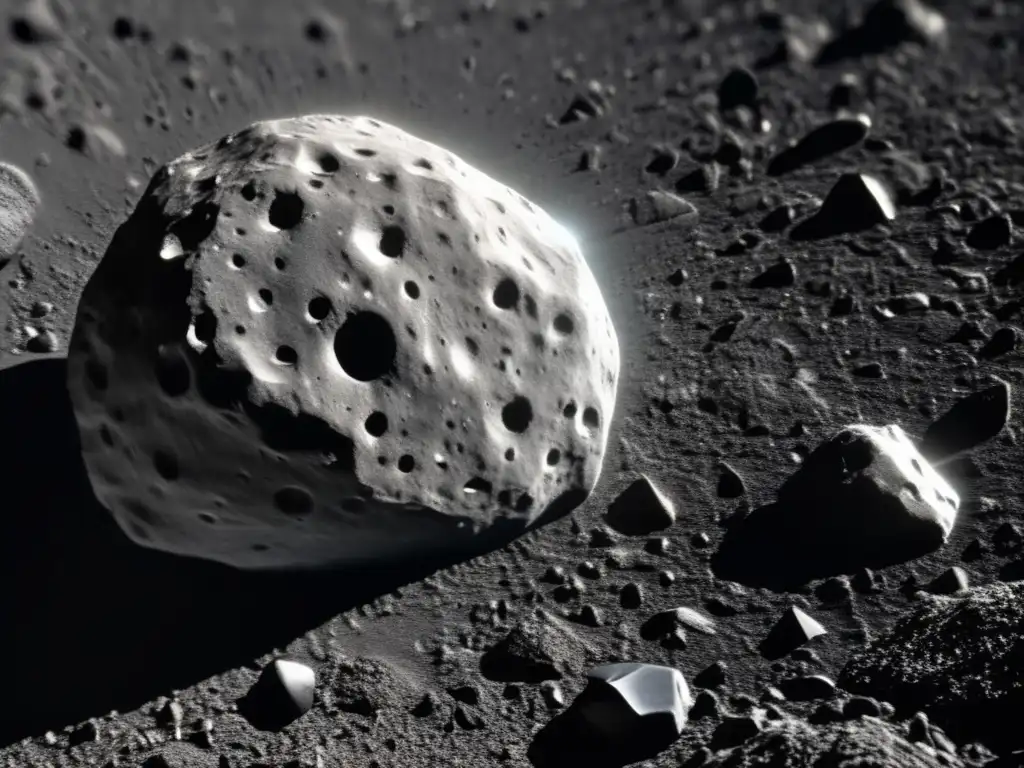
Asteroids in the Solar System
Asteroids are small, rocky objects that orbit the Sun, and they are primarily located in the asteroid belt between Mars and Jupiter. However, some asteroids cross paths with Earth’s orbit, which makes them a potential threat to our planet. As we uncover more about the origins and properties of asteroids, we can explore ways to mitigate this threat and better understand how asteroids fit into our solar system.
Studying Asteroids
One of the best ways to study asteroids is through direct observation via spacecraft missions. In addition to the Galileo mission, other missions have successfully explored asteroids, including the Japanese Hyabusa and Hayabusa 2 missions, NASA’s NEAR-Shoemaker, and the European Space Agency’s Rosetta Mission. These missions have provided us with valuable insights into the composition, structure, and history of asteroids. Additionally, telescopic observations allow us to track asteroids and study their orbits to predict potential impact hazards. By combining these methods, we can continue to learn more about asteroids and their significance in our solar system.
Frequently Asked Questions
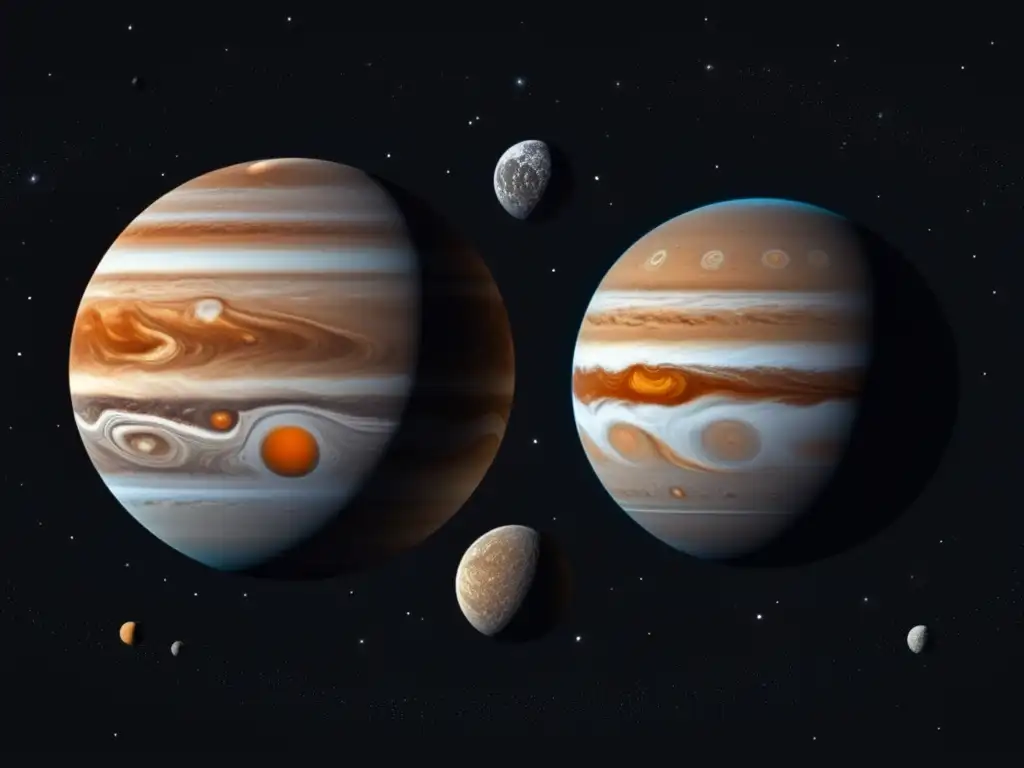
-
What are asteroids?
Asteroids are small, rocky objects that orbit the Sun, primarily located in the asteroid belt between Mars and Jupiter.
-
What is the significance of the Galileo mission's encounters with Gaspra and Ida?
The encounters allowed us to learn more about the physical properties of asteroids and gain insight into their origins.
-
What did the discovery of a moon orbiting Ida reveal?
The discovery gave us insight into how small moons form and how they interact with their host asteroids.
-
What are some other missions that have explored asteroids?
Other missions include the Japanese Hyabusa and Hayabusa 2 missions, NASA’s NEAR-Shoemaker, and the European Space Agency’s Rosetta Mission.
-
How do we study asteroids?
Direct observation via spacecraft missions and telescopic observations are two ways we study asteroids.
Conclusion
Asteroids are fascinating objects that provide insight into our solar system’s formation and history. The Galileo mission’s encounters with Gaspra and Ida were instrumental in deepening our understanding of these objects. As we continue to explore asteroids through future missions, we will undoubtedly uncover more mysteries and unlock new knowledge.
Thank you for taking the time to learn more about asteroid discoveries. Please feel free to share your thoughts in the comments section or subscribe to www.asteroidrealm.com for updates on all things asteroids.
Additional Resources

For more information on asteroid discoveries, visit:
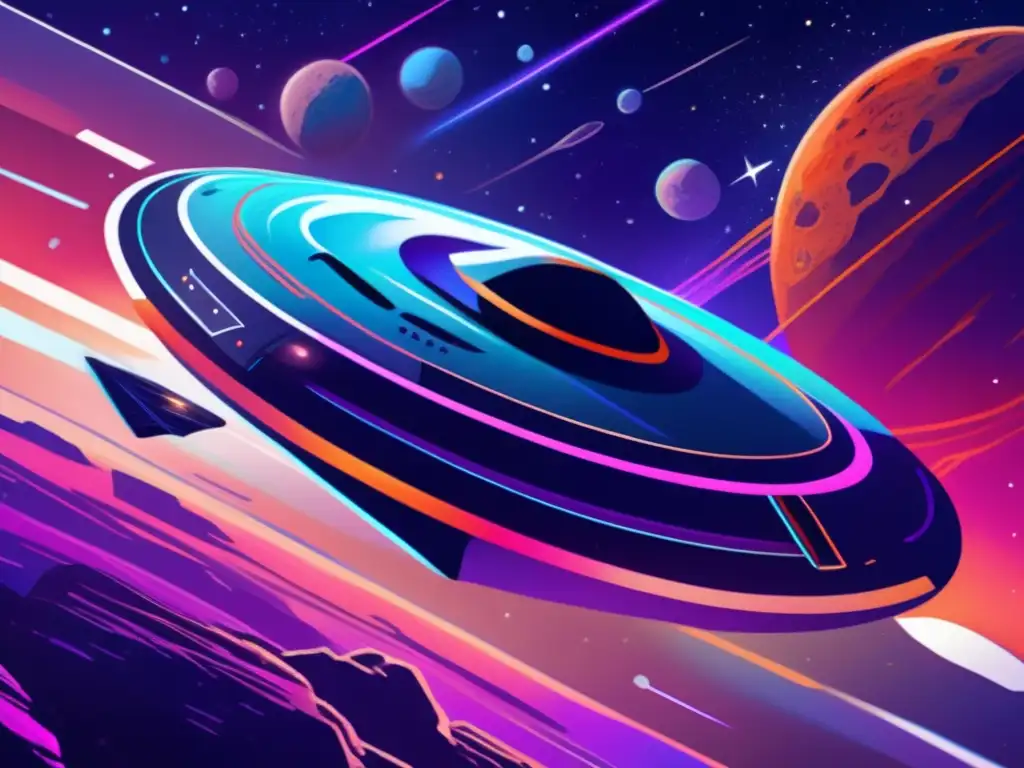 The Breakthrough Discovery Of Asteroid Terrestrial-impact Last Alert System (ATLAS)
The Breakthrough Discovery Of Asteroid Terrestrial-impact Last Alert System (ATLAS)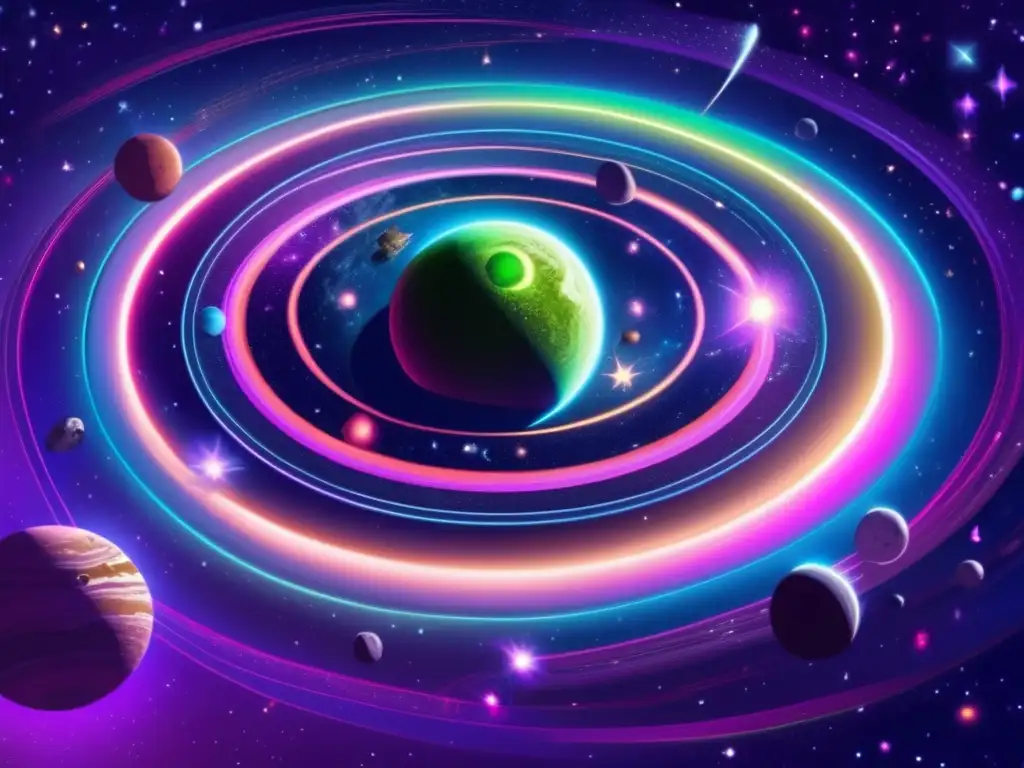 2004 BL86: The Asteroid With Its Own Moon
2004 BL86: The Asteroid With Its Own Moon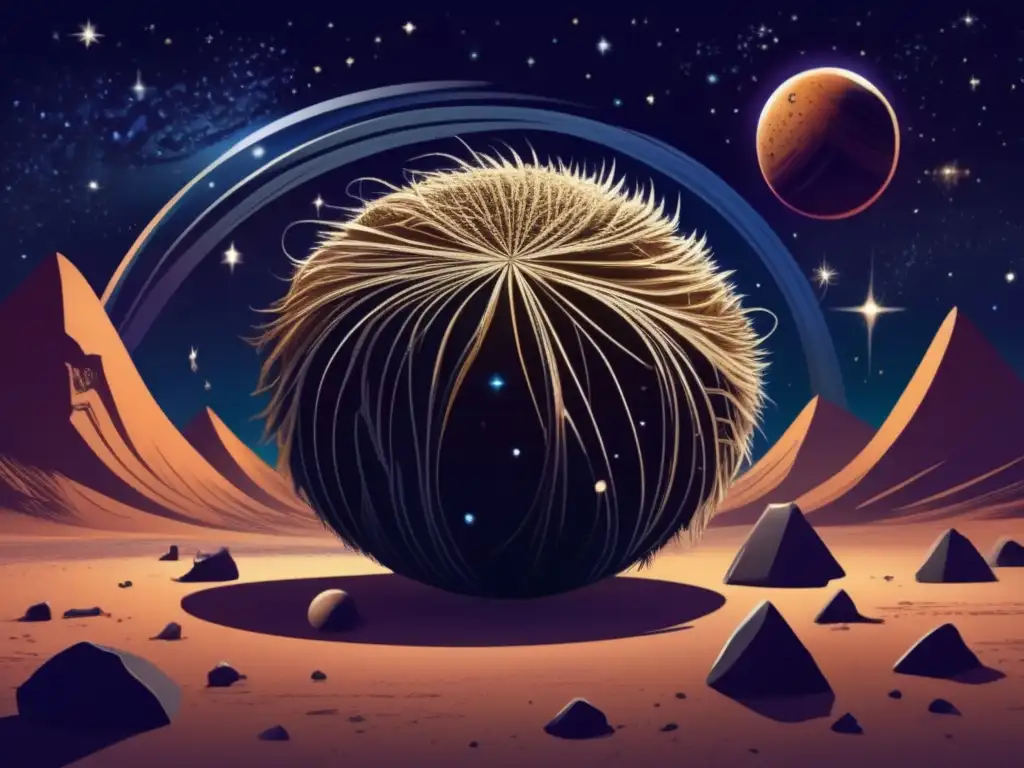 The Tale Of 4179 Toutatis: The Complex Tumbleweed
The Tale Of 4179 Toutatis: The Complex TumbleweedIf you want to discover more articles similar to Galileo’s Encounter: Unveiling The Secrets Of Gaspra And Ida, you can visit the Asteroid Discoveries category.
Leave a Reply

Articulos relacionados: